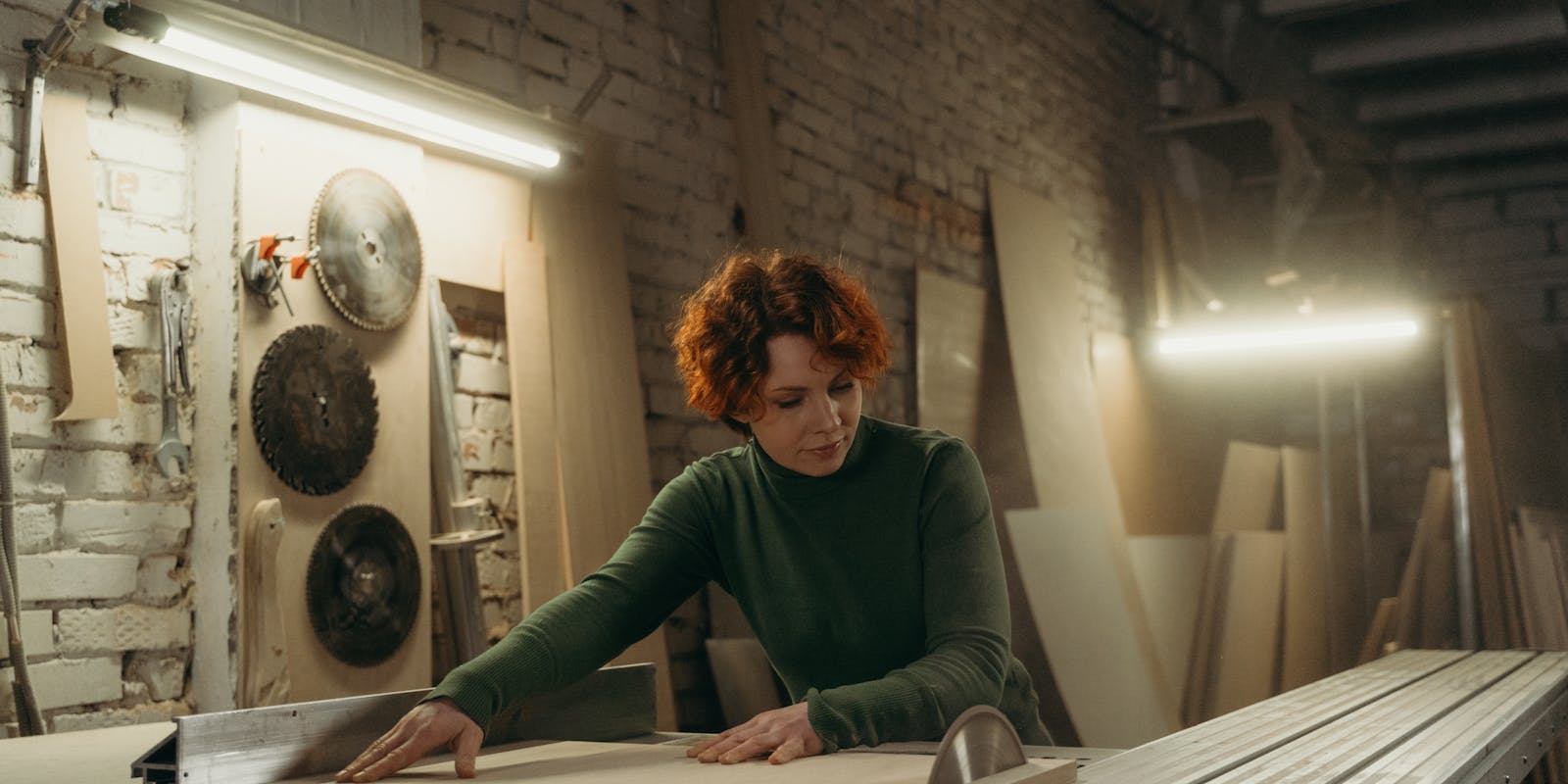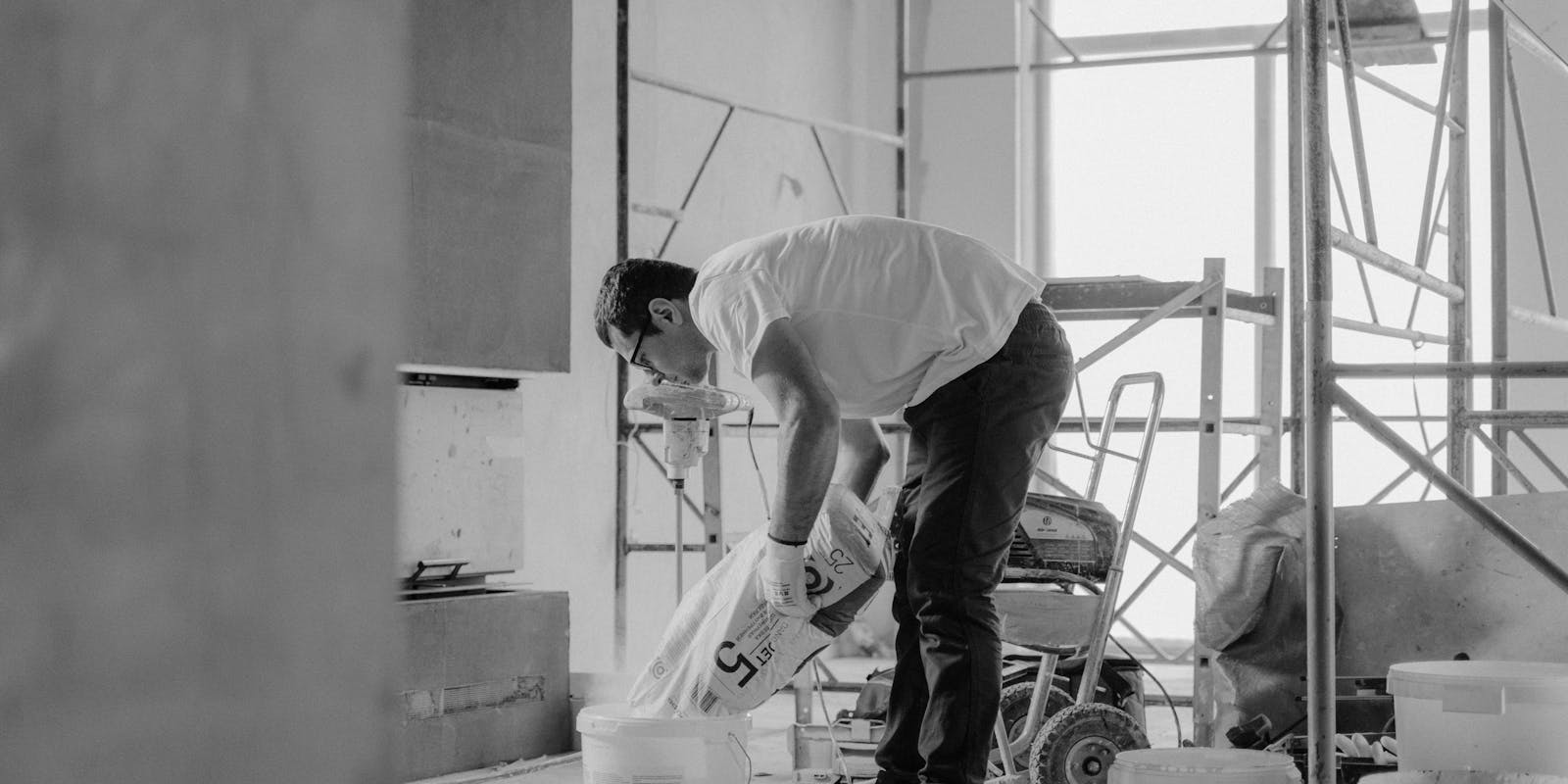Revolutionizing Design: The Power of AI Design Tools
Welcome to a groundbreaking exploration of the future of design! In this article, we delve into the revolutionary impact of AI design tools on the creative landscape. Prepare to embark on a journey through the evolution of design, where we uncover how AI is reshaping the very essence of the creative process. From maximizing efficiency to enhancing creativity, we unveil the untapped potential of AI-powered tools in elevating design practices to unprecedented heights.
Join us as we break down barriers, tackle design challenges head-on, and envision a future where AI seamlessly integrates into every facet of the design realm. Discover how these cutting-edge technologies are not only streamlining workflows but also fostering innovation like never before. Get ready to explore the endless possibilities that AI design tools present, and gain insights into the transformative power that is driving the next chapter of design evolution

The Evolution of Design: How AI is Transforming the Creative Process
The Evolution of Design: How AI is Transforming the Creative Process
In today's fast-paced digital world, the integration of artificial intelligence (AI) design tools has radically altered the landscape of creative processes across various industries. Gone are the days when designers had to rely solely on manual techniques and human intuition to bring their visions to life. AI design tools have ushered in a new era of efficiency, innovation, and limitless possibilities in the field of design.
One of the most significant ways in which AI is transforming the creative process is by streamlining repetitive tasks and automating mundane processes. Designers can now leverage AI-powered tools to generate quick mockups, perform complex calculations, and even predict design trends based on vast amounts of data. This automation not only saves valuable time but also empowers designers to focus more on the strategic and conceptual aspects of their work.
Furthermore, AI design tools have democratized the design process by making it accessible to a wider audience. With user-friendly interfaces and intuitive functionalities, even individuals with limited design experience can now create professional-looking graphics, layouts, and logos. This accessibility has paved the way for greater collaboration, creativity, and diversity within the design community.
Moreover, AI-driven design tools have the ability to analyze user behavior, preferences, and feedback to generate personalized and targeted design solutions. By harnessing the power of machine learning algorithms, designers can create hyper-personalized experiences that resonate with their audiences on a deeper level. This data-driven approach not only enhances the effectiveness of design strategies but also fosters stronger connections between brands and their customers.
In conclusion, the integration of AI design tools is revolutionizing the creative process by enabling designers to work smarter, faster, and more collaboratively. As the technology continues to advance and evolve, the possibilities for innovation and experimentation in design are truly limitless. By embracing AI as a powerful ally in their creative endeavors, designers can unlock new dimensions of creativity and push the boundaries of what is possible in the ever-changing world of design
Maximizing Efficiency: Leveraging AI Design Tools for Optimal Results
Maximizing Efficiency: Leveraging AI Design Tools for Optimal Results
In today's fast-paced digital landscape, designers are constantly seeking ways to streamline their workflows and achieve optimal results in less time. This quest for efficiency has led to the growing popularity of AI design tools, which are revolutionizing the way we approach design projects.
AI design tools leverage advanced algorithms and machine learning to automate repetitive tasks, suggest creative ideas, and even predict design trends. By harnessing the power of artificial intelligence, designers can maximize their efficiency and focus on the aspects of design that require human creativity and intuition.
One of the key advantages of using AI design tools is the ability to speed up the design process significantly. Tasks that would typically take hours to complete manually can now be done in a fraction of the time, allowing designers to work on multiple projects simultaneously and meet tight deadlines without compromising quality.
Furthermore, AI design tools can analyze vast amounts of data to provide valuable insights and suggestions for improving designs. Whether it's generating color palettes, suggesting layout variations, or recommending typography choices, these tools empower designers to make informed decisions quickly and effectively.
By integrating AI design tools into their workflows, designers can unlock a new level of creativity and innovation. These tools can inspire fresh ideas, help overcome creative blocks, and push the boundaries of traditional design practices. Ultimately, AI design tools enable designers to achieve optimal results by combining the precision of technology with the artistry of human design sensibilities.
In conclusion, the power of AI design tools lies in their ability to maximize efficiency and enhance the creative process. By leveraging these tools effectively, designers can streamline their workflows, boost productivity, and produce exceptional designs that stand out in today's competitive market
Enhancing Creativity: Unleashing the Potential of AI in Design
Enhancing Creativity: Unleashing the Potential of AI in Design
AI design tools have become a game-changer in the world of design, offering an innovative approach to enhancing creativity like never before. By leveraging artificial intelligence, designers can now unleash their full potential and explore new realms of creativity that were previously unattainable. These tools provide a unique opportunity for designers to break free from traditional constraints and push the boundaries of their imagination.
One of the key ways in which AI design tools enhance creativity is by streamlining repetitive tasks, allowing designers to focus more on the conceptual and strategic aspects of their work. By automating processes such as image editing, layout design, and color selection, AI frees up valuable time for designers to experiment with different ideas and concepts. This not only boosts productivity but also encourages a more fluid and exploratory approach to the design process.
Moreover, AI design tools offer powerful assistance in generating new and innovative ideas. By analyzing vast amounts of data and identifying patterns and trends, AI can provide valuable insights and suggestions to designers. This collaborative process between human creativity and artificial intelligence results in the development of unique and inspired design solutions that may not have been possible through traditional methods alone.
Furthermore, AI design tools enable designers to work more efficiently and effectively by offering intelligent recommendations and predictive features. These tools can anticipate design choices, offer context-sensitive suggestions, and even learn from past projects to optimize current workflows. As a result, designers can deliver high-quality work in less time, allowing them to take on more projects and explore a wider range of creative opportunities.
In conclusion, the integration of AI design tools into the creative process represents a significant leap forward in revolutionizing design. By enhancing creativity, unlocking new possibilities, and streamlining workflows, AI empowers designers to achieve their full potential and realize their vision with unprecedented speed and precision. Embracing these advanced tools not only improves the quality of design work but also opens up a world of endless creative opportunities for designers to explore and innovate

Breaking Barriers: Overcoming Design Challenges with AI Tools
Breaking Barriers: Overcoming Design Challenges with AI Tools
In today's fast-paced and competitive design landscape, creatives are constantly facing numerous challenges when it comes to delivering impactful and innovative designs. These challenges can range from tight deadlines and limited resources to ensuring consistency and scalability across different platforms. However, thanks to advancements in technology, particularly Artificial Intelligence (AI) design tools, designers now have powerful allies to help them overcome these obstacles and revolutionize the design process.
AI design tools are proving to be game-changers in the industry by offering a wide range of capabilities that were once only possible through human intervention. One of the key benefits of AI tools is their ability to streamline repetitive tasks, such as resizing images, organizing layers, and generating color palettes, which not only saves valuable time but also allows designers to focus on more creative and strategic aspects of their work.
Moreover, AI design tools can help in breaking down barriers related to skill level and experience. By providing intelligent suggestions, automating complex processes, and offering guided tutorials, these tools empower designers of all levels to explore new techniques, experiment with different styles, and enhance their skill sets without feeling overwhelmed or limited by their current knowledge.
Additionally, AI design tools play a crucial role in promoting collaboration and communication among team members. By facilitating seamless workflows, enabling real-time feedback, and ensuring version control, these tools help in enhancing productivity and fostering a more efficient design process.
In essence, AI design tools are not just technological innovations; they are enablers of creativity, efficiency, and collaboration. By leveraging the power of AI, designers can break through traditional barriers, conquer design challenges, and unlock new possibilities that were once out of reach. As the design industry continues to evolve, embracing AI design tools will be essential for staying ahead of the curve and delivering exceptional, cutting-edge designs that resonate with audiences on a deeper level
The Future of Design: Exploring the Impact of AI Design Tools
The Future of Design: Exploring the Impact of AI Design Tools
Artificial Intelligence (AI) design tools have ushered in a new era in the world of design. The impact of AI on the future of design is profound and far-reaching. These advanced tools are revolutionizing the way designers work, enhancing creativity, efficiency, and overall results.
One of the key benefits of AI design tools is their ability to streamline the design process. Tasks that used to take hours or even days to complete can now be accomplished in a fraction of the time with the help of AI. This increased efficiency allows designers to spend more time on the creative aspects of their work, pushing the boundaries of what is possible in design.
AI design tools also have the power to enhance creativity. By analyzing vast amounts of data and recognizing patterns, AI can suggest design elements, color schemes, and layouts that designers may not have considered on their own. This can lead to new and innovative design solutions that may not have been possible without the assistance of AI.
Furthermore, AI design tools have the ability to learn and improve over time. By analyzing the outcomes of previous design projects, AI can refine its suggestions and recommendations, becoming more tailored to the specific needs and preferences of individual designers. This continuous learning process can help designers stay at the forefront of design trends and developments.
Overall, the impact of AI design tools on the future of design is undeniable. These tools are empowering designers to work more efficiently, creatively, and effectively than ever before. As AI continues to advance and evolve, we can expect to see even more groundbreaking innovations in the world of design, pushing the boundaries of what is possible and transforming the way we think about design
Conclusion
In conclusion, the evolution of design has been forever altered by the advent of AI design tools. These innovative technologies have not only revolutionized the creative landscape but have also paved the way for unparalleled efficiency and creativity in the design process. From breaking down barriers to fostering innovation, AI design tools are reshaping the future of design practices. By seamlessly integrating into every aspect of the design realm, these cutting-edge tools are unlocking endless possibilities and driving the next chapter of design evolution. Embrace the transformative power of AI design tools and witness firsthand the remarkable impact they have on elevating design to new heights